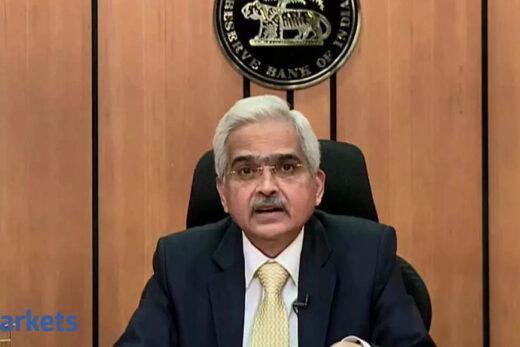Earlier in the day, the RBI relaxed the eligibility criteria for the restructuring window offered under the Resolution Framework 2.0 to Rs 50 crore. Earlier, only half of the rated companies were eligible for the package when the loan eligibility threshold was set at Rs 25 crore. It also launched the Rs 15,000-crore liquidity facility.
The on-tap liquidity window for contact-intensive sectors such as hospitality, travel and tourism, and aviation ancillary services, which have borne the brunt of the second wave of the pandemic, is timely also, the agency said.
“There is a possibility that only large existing borrowers in contact-intensive sectors actually benefit from this on-tap liquidity window as banks may have greater comfort with them,” the agency said.
In the current environment, it is possible that a number of banks could be risk-averse and the benefit of on-tap liquidity facility may not, therefore, reach the smaller and lower-rated companies in these sectors fully, it said.
A clarity will emerge once the banks come out with their updated policies after the RBI announcement. Crisil will monitor the impact of the development on its rated credits on a case-to-case basis, it said.
Crisil said it rates 6,800 mid-size companies, excluding those engaged in the financial sector, and 4,700 of those are small and medium enterprises (SMEs), having bank loan exposure of up to Rs 50 crore and were standard accounts as of March 2021.
“The RBI’s relaxation in overall bank exposure threshold is timely, as it now increases the coverage of stressed companies that typically have weaker credit profiles,” its Chief Rating Officer Subodh Rai said.
Rai added that three out of four companies eligible for restructuring have sub-investment category ratings, indicating their relatively weak ability to manage liquidity shocks, he added.
Rescheduling of loan repayments under the restructuring 2.0 window will provide interim relief to these companies against such liquidity shocks, he said.



